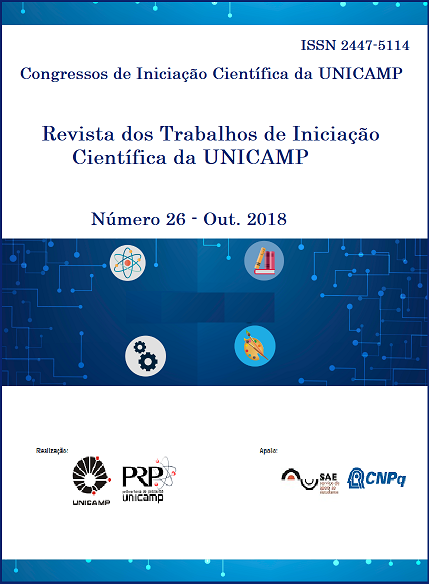Resumo
Wiskott-Aldrich Syndrome (WAS) is a genetic disease linked to the X chromosome, characterized by recurrent infections, autoimmunity, malignancy, eczema and hemorrhage. Mutations in the WAS gene alter the coding of the WASp protein, expressed mainly in the cytoplasm of hematopoietic cells, with functions of actin polymerization, signaling events and cytoskeletal rearrangement. According to severity, there are four phenotypes described: classical form (WAS), X-linked thrombocytopenia (XLT), X-linked intermittent thrombocytopenia (IXLT) and X-linked neutropenia (XLN). Only the mutation analysis was shown to be of limited value in predicting the clinical phenotype. However, the analysis of protein expression in lymphocytes has been very successful in predicting this phenotype. On the other hand, it is not yet known which patients with XLT phenotype may progress to the classical form and for this reason there are controversies about the indication of bone marrow transplantation in these patients.This study aims to perform a clinical, laboratory and molecular analysis of pediatric patients diagnosed with WAS under our clinical follow-up at Hospital das Clínicas of UNICAMP and follow-up patients at other Brazilian Reference Centers of Primary Immunodeficiency.
Todos os trabalhos são de acesso livre, sendo que a detenção dos direitos concedidos aos trabalhos são de propriedade da Revista dos Trabalhos de Iniciação Científica da UNICAMP.
